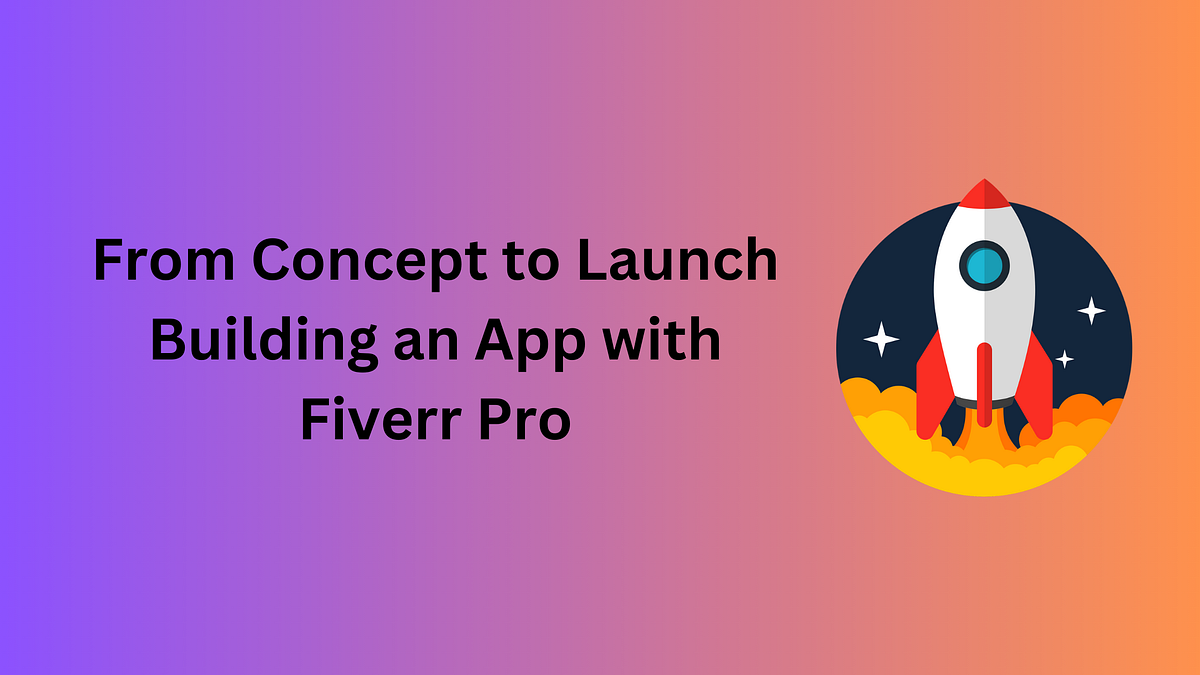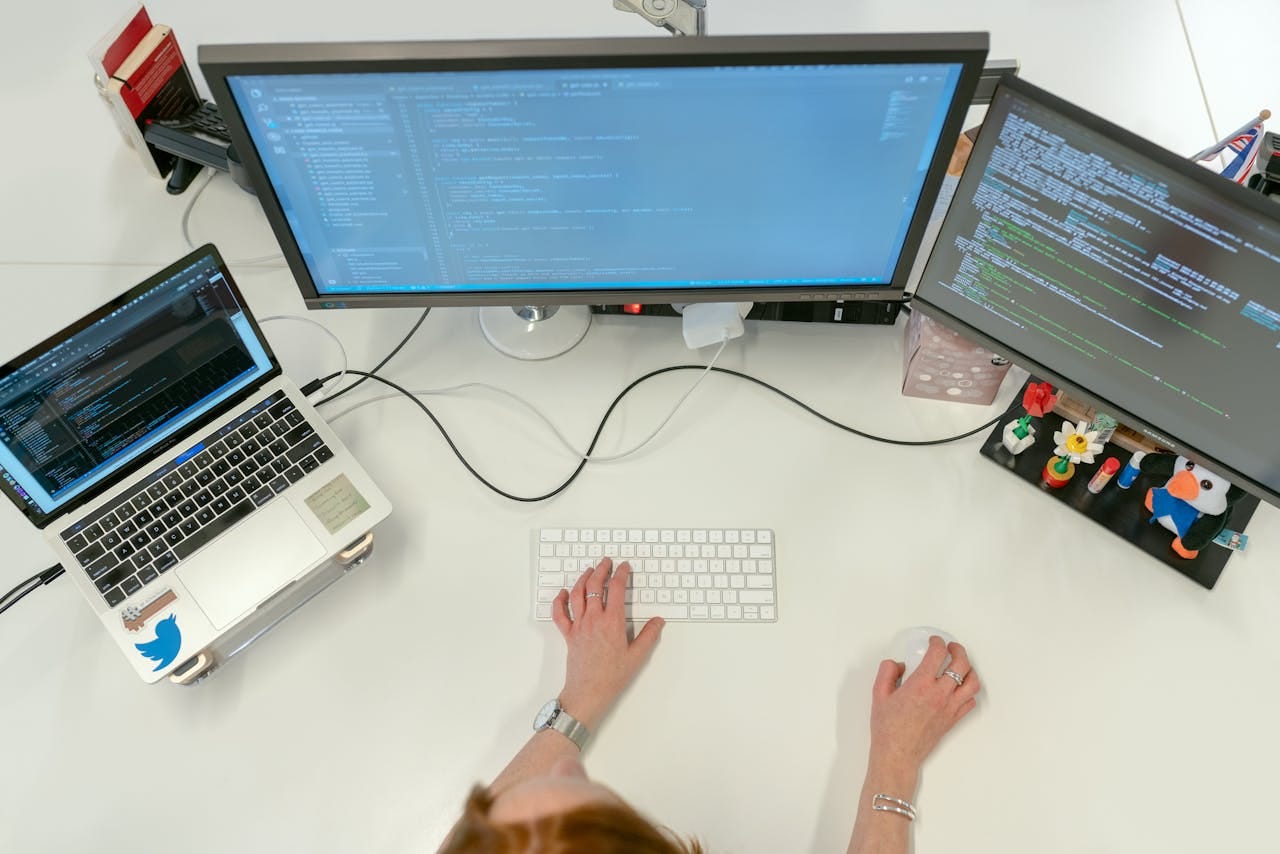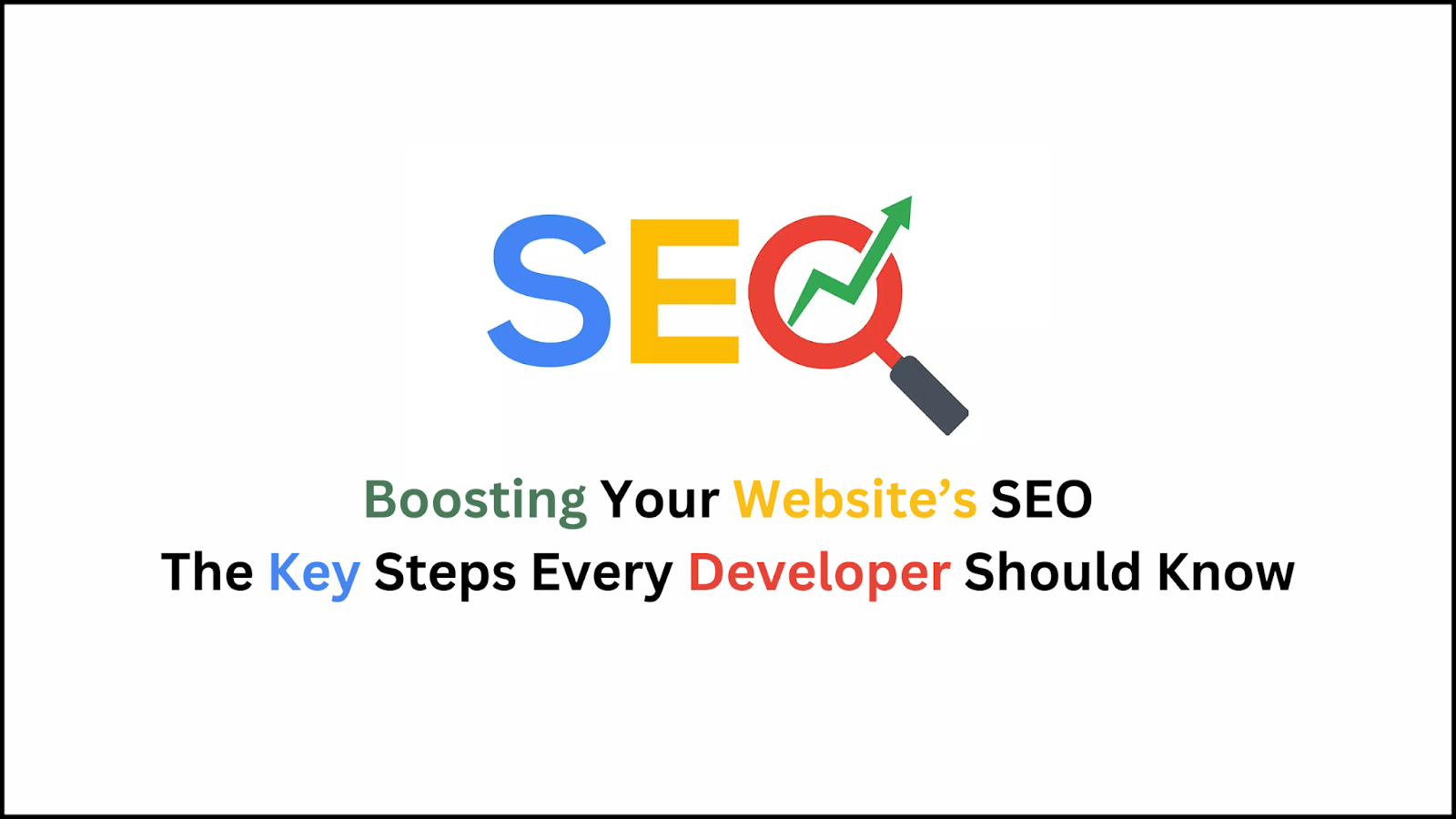
Global revenue from mobile apps is projected to reach around $613 billion by 2025, making app development a significant growth opportunity for businesses. Yet, while many companies are eager to tap into this booming market, the journey from idea to launch can be challenging. Many businesses struggle to transform a great concept into a functional, profitable app, typically due to a lack of technical expertise or an in-house development team.
Fortunately, it doesn’t have to be that difficult. In this article, we’ll break down the app development process, showing how you can leverage vetted freelance experts using Fiverr Pro at different stages of your development process.
Step 1: Ideation — Turning Business Concepts into App Ideas
The first and the most critical stage of app development is ideation — the process of turning a broad business concept into a concrete app idea. Many entrepreneurs have a vision, but translating that vision into an actionable plan can be challenging. You can work with experts in your field who can help flesh out your vision and provide valuable insight and direction.
Pro-level freelancers help refine your ideas by asking the right questions: What problem does your app solve? Who is your target audience? How will the app stand out in a competitive marketplace? With their experience across various industries, they can guide you through this brainstorming phase, ensuring that your app concept is both feasible and aligned with your business goals.
By collaborating with these skilled professionals early on, you can avoid common pitfalls like focusing on unnecessary features or developing an app that doesn’t resonate with your target market. Their expertise in market research, user experience, and functionality ensures that your app idea is grounded in reality — setting the stage for smooth development later on.
Step 2: Design and User Experience (UX)
Once your app idea is clearly defined, the next step is designing the app’s user interface (UI) and user experience (UX). The design phase is more than just making your app look appealing — it’s about ensuring a seamless, intuitive experience that keeps users engaged. A well-designed app can be the difference between users adopting your product or abandoning it after one use.
This step involves various processes, and for each area where your team lacks in-house expertise, you can bring in freelancers who specialize in developing polished, high-performing apps with user-centric designs.
1. Understanding User Needs
At the heart of app design is the user. At this stage, designers begin the design process by diving deep into understanding your target users — their behaviours, preferences, and pain points. This user research helps craft a design that looks good and aligns with what your audience needs from a functional perspective.
Key Questions to Answer:
- Who are the primary users of this app?
- What goals or tasks do they want to accomplish using the app?
- What are their pain points, and how can the design minimize these?
Answering these questions focuses the design process on usability — ensuring that every feature, button, and screen flow contributes to a smooth and efficient user experience.
2. Wireframes and Prototyping
Next, designers create wireframes to outline the app’s structure and flow, followed by prototypes to simulate the app’s functionality. This step is vital for identifying usability issues early and making adjustments before development begins.
Key Features of Wireframes and Prototypes:
- Logical flow of information and actions.
- Clear and intuitive navigation paths.
- Quick access to the most important features.
- Consistent placement of elements to avoid user confusion.
3. User Interface (UI) Design
The next step is to breathe life into your app through UI design. The focus here is to ensure that the app’s visual elements reflect your brand and enhance usability. From colour schemes and typography to iconography and animations, every detail should be carefully crafted to ensure the design is aesthetically pleasing and functional.
Key UI Elements:
- Consistency: Maintaining a consistent look and feel across all screens to improve familiarity and usability.
- Visual Hierarchy: Ensuring that important elements like buttons, calls-to-action (CTAs), and navigation menus stand out without overwhelming the user.
- Branding: Integrating your brand’s identity — colours, fonts, and logos — seamlessly into the app design to strengthen recognition.
- Accessibility: Designing with accessibility in mind, ensuring that users with varying abilities can easily navigate and use the app.
4. User Experience (UX) Optimization
While the UI focuses on the look and feel, UX design ensures that the app works effortlessly. Pay close attention to how users will interact with the app, ensuring that the user journey is smooth and intuitive.
Key UX Best Practices:
- Simplicity: Avoiding clutter and unnecessary steps, providing users with a clean, focused experience.
- Fast Load Times: Ensuring the app’s performance is optimized for quick responses to user interactions.
- Mobile-First Approach: Prioritizing mobile usability, given that most users will interact with the app on a smartphone.
- Feedback and Affordance: Offering feedback for user actions (e.g., button presses) and making it clear what each interactive element will do.
5. User Testing and Iteration
After the design is complete, user testing will be conducted. This is done by creating mockups and gathering real feedback from users. During this phase, the app design is put into the hands of real users to see how they interact with it. The insights gained from this testing allow designers to refine and iterate the design, making necessary improvements to usability, layout, or functionality.
What User Testing Reveals:
- How easily users can navigate the app.
- Potential bottlenecks or confusing areas in the user flow.
- Overall satisfaction with the design and experience.
You can get freelance experts with proven records in UI/UX design using Fiverr Pro.
Step 3: Development — Coding and Testing
After finalizing the design and user experience, the next step in your app development journey is turning those designs into a fully functioning product through coding and testing. This is where your app truly comes to life, transforming from static wireframes and prototypes into an interactive, dynamic platform. It’s also one of the most technically demanding phases, requiring skilled developers who can translate your vision into robust, scalable code.
With Fiverr Pro, you gain access to a network of expert developers, experienced in various programming languages and platforms. Whether your app is designed for iOS, Android, or both. This step includes the following phases
1. Choosing the Right Technology Stack
Work with your developers to decide the tech stack that will be best for your use case in terms of performace, security, scaability and compatibility. This involves deciding which programming languages, frameworks, and tools will power your app.
2. Coding and Implementation
Next, the real development begins. The developers dive into coding and building the app’s core features and functionality. Whether it’s developing the front-end (what users see) or the back-end (what powers the app behind the scenes), this phase involves writing clean, efficient code to ensure that every part of your app functions as intended.
3. Agile Development for Iterative Progress
Fiverr Pro developers typically use agile development methodologies, leveraging Fiverr’s milestone feature to divide projects into manageable phases. This allows for flexibility and continuous improvement throughout the coding process. By breaking the project into small, iterative sprints with regular updates and feedback loops, agile development keeps you involved at every stage, enabling you to make adjustments or request changes as needed.
Step 4: Testing — Ensuring Quality and Performance
Testing is a critical step in the mobile app development process. This phase involves identifying and fixing bugs, errors, and other issues in the application to provide a smooth user experience before it reaches users. You can outsource this phase to Fiverr Pro developers, who will conduct rigorous testing across several key areas to catch any potential issues before releasing the app.
Types of Testing:
- Unit Testing: Developers test individual components or functions of the app to ensure each one works as expected.
- Integration Testing: This testing ensures that different parts of the app (e.g., user login, payment system, etc.) work together seamlessly without causing conflicts or errors.
- User Acceptance Testing (UAT): In this stage, real users or stakeholders test the app to ensure it meets their needs and expectations. Feedback from this phase is crucial for identifying any usability issues or unexpected bugs.
- Performance Testing: Developers test the app’s speed and responsiveness under different conditions (e.g., high user traffic, low bandwidth) to ensure it remains functional and efficient.
- Security Testing: Ensuring that the app is secure from vulnerabilities such as data breaches, hacking attempts, or any exploitation of weak points.
Step 5: Launch, Marketing, and Post-Launch Support
The final step in your app development journey is where all your hard work comes together — launching the app into the market. However, the launch is only the beginning. To truly succeed, your app needs the right marketing strategy to gain visibility, as well as ongoing post-launch support to ensure it continues to perform smoothly. Fiverr Pro provides access to not only expert developers and designers but also marketing professionals and post-launch support specialists who help guide you through these crucial phases, ensuring your app gets the attention and care it deserves.
1. Preparing for a Successful Launch
Before your app goes live, there are several important steps that Fiverr Pro developers help manage to ensure that the launch is smooth and that the app meets all platform requirements.
Key Pre-Launch Steps:
- Final Testing: Conducting a last round of testing to ensure there are no bugs or performance issues that could impact the user experience once the app is live.
- App Store Guidelines: Ensuring that your app complies with all the App Store and Google Play submission guidelines, including content standards, functionality checks, and required metadata.
- App Store Optimization (ASO): Fiverr Pro marketing specialists can help optimize your app listing with the right keywords, engaging descriptions, high-quality screenshots, and a compelling app icon, all of which contribute to better visibility in app store searches.
2. Crafting a Strong Marketing Strategy
Building an app is only half the battle — you need to ensure people know about it that is why marketing comes in. You need to craft marketing campaigns tailored for your app’s target audience. This will ensure that your drive engagements and downloads right from the start. You can exploy the services of vetted marketing experts on Fiverr Pro for this.
These experts can help you with the following:
- Target Audience Identification: The marketing experts will help define and refine your target audience, ensuring that your marketing efforts are focused on the users who will benefit most from your app.
- Social Media Campaigns: Leverage platforms like Facebook, Instagram, LinkedIn, and Twitter to build awareness through targeted ads, organic posts, and influencer partnerships, helping your app gain visibility across relevant channels.
- Content Marketing: Blogs, video tutorials, and case studies are powerful tools for educating potential users about your app’s benefits.
- Email Marketing: Create personalized email campaigns highlighting your app’s features and benefits, driving more conversions.
- Paid Advertising: Manage paid ad campaigns on platforms like Google Ads or social media, ensuring your app reaches a broad audience through highly targeted ads.
3. Post-Launch Monitoring and Support
Once your app is live and in the hands of users, the journey doesn’t end. You still need to services of developers and support specialists offering ongoing post-launch services to ensure your app’s success, you can find them on Fiverr.
They will help with bug fixes and updates, feature enhancements, performance monitoring and even security and compliance updates.
Conclusion
Building an app from concept to launch is a complex process, but with the right expertise, it can be a smooth and rewarding journey. By leveraging the talent and experience available through Fiverr Pro, you gain access to vetted expert developers, designers, project managers, and marketing professionals, all working together to ensure your app is built efficiently and launched successfully.

